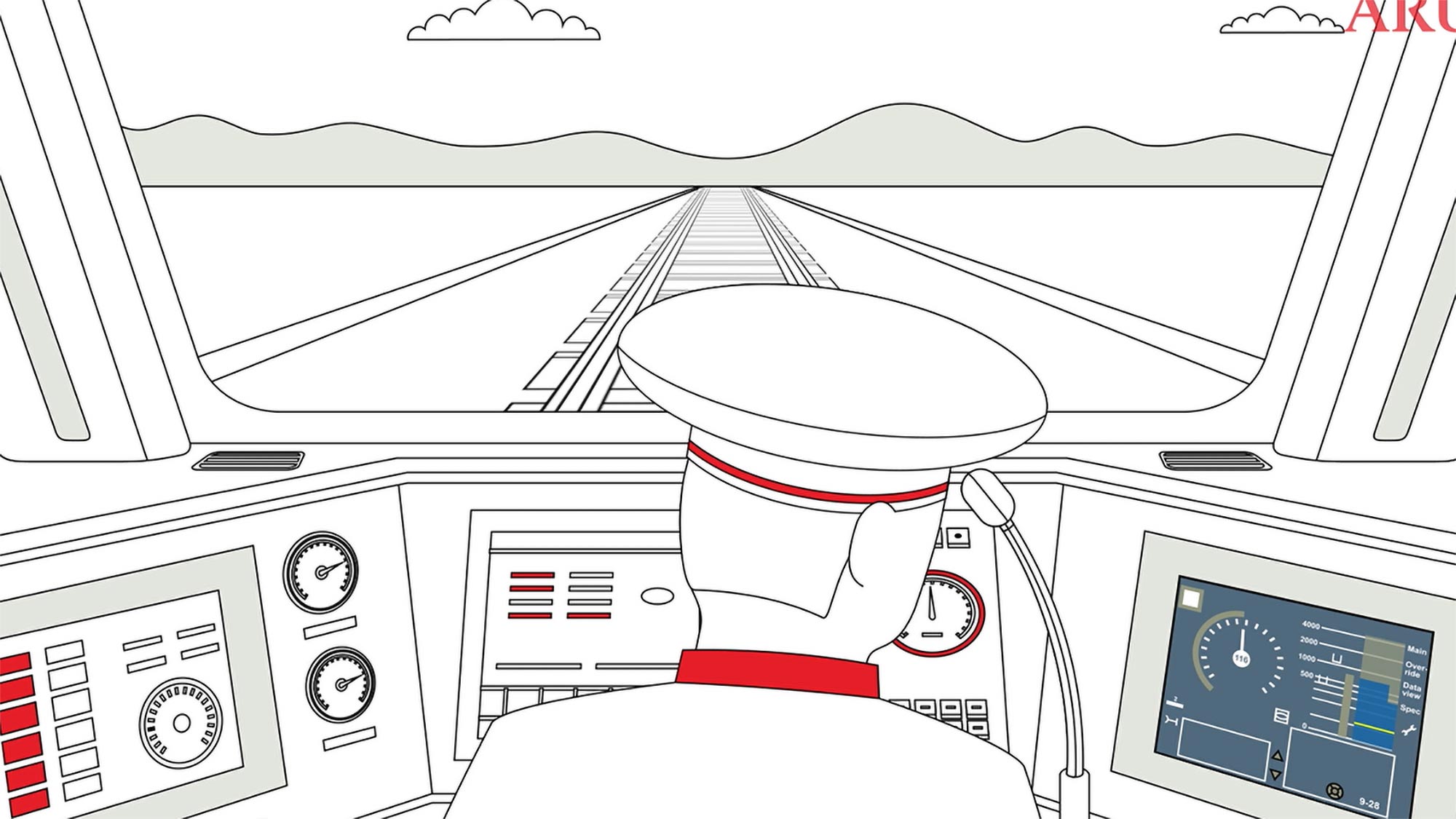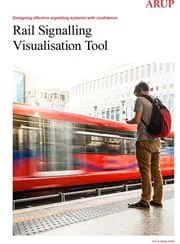Safety is central to every rail journey. Conventional rail networks have a vast network of signals along the entire route, and how a driver reads and responds to these is an important part of system safety. Signalling must be clear and visible in all speeds, and in all weather.
Traditionally, the design of rail signalling systems that support safe and efficient train movements typically relies on schematic drawings of the physical signals located along the track. Design engineers, however, cannot easily visualise the effects that dynamic elements such as the speed of the train will have on drivers.
The Rail Signalling Visualisation Tool (RSVT) developed by Arup in partnership with Graffica allows design engineers to better assess how drivers see and respond to in-cab signalling information to ensure that they receive the right information, in the right format, at the right time.
A better approach for system design
Design engineers and railway owners and operators can use the RSVT to evaluate at an early stage of the design process how the signalling system will behave in the context of its surroundings. They can experience a ‘look and feel’ of the train driver’s in-cab view, which allows them to review the interactions between the driver and the rail system. This, in turn, enables them to better understand the demands the ETCS places on the driver and any conflicting tasks that may materialise.
Information from the RSVT is used to adjust the design of the signalling scheme so that it supports drivers to deliver safe and effective performance. This process reduces the likelihood of costly, late design changes.
The RSVT has a range of benefits:
-
Creates a collaborative environment where railway operators’ views are included in the design process.
-
Facilitates early identification and effective resolution of problems.
-
Minimises the risk of substantial objections and late changes delaying entry into service.
-
Enhances the efficiency and operational safety of new signalling systems.
Making a difference
By bringing together the dynamic behaviour of modern in-cab systems and the crucially important assessment of how drivers see and respond to information, the RSVT enables better design and evaluation of rail signalling systems, improving their operational safety and making the design and review process more efficient.
“The RSVT has enabled both train operators and the signal design team to see first-hand what the driver sees on the trackside and within the driving cab. It has also allowed any changes to be viewed and corrected before there is any need to go trackside. The RSVT should be taken forward by ETCS projects as best practice ” Ron Bailes Projects Director, Rail Operations (UK) Limited

 ;
;

